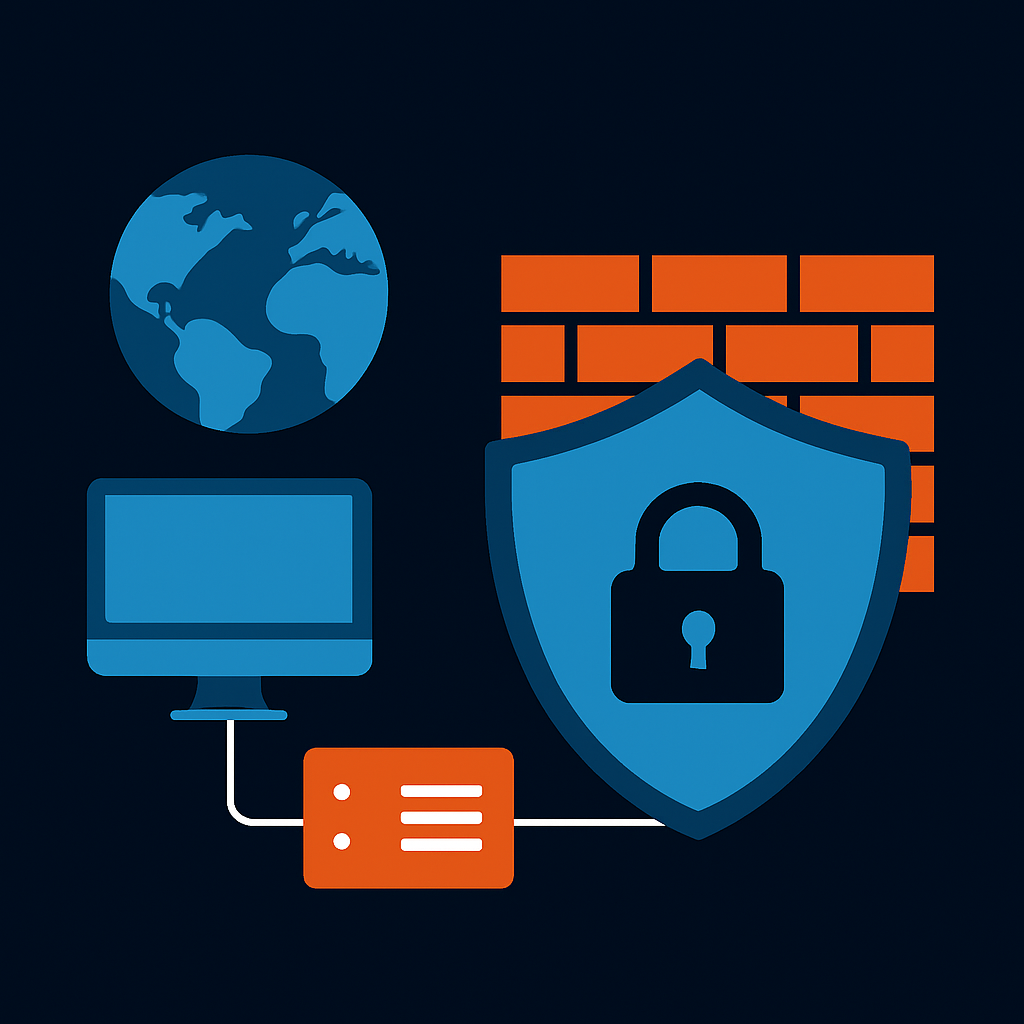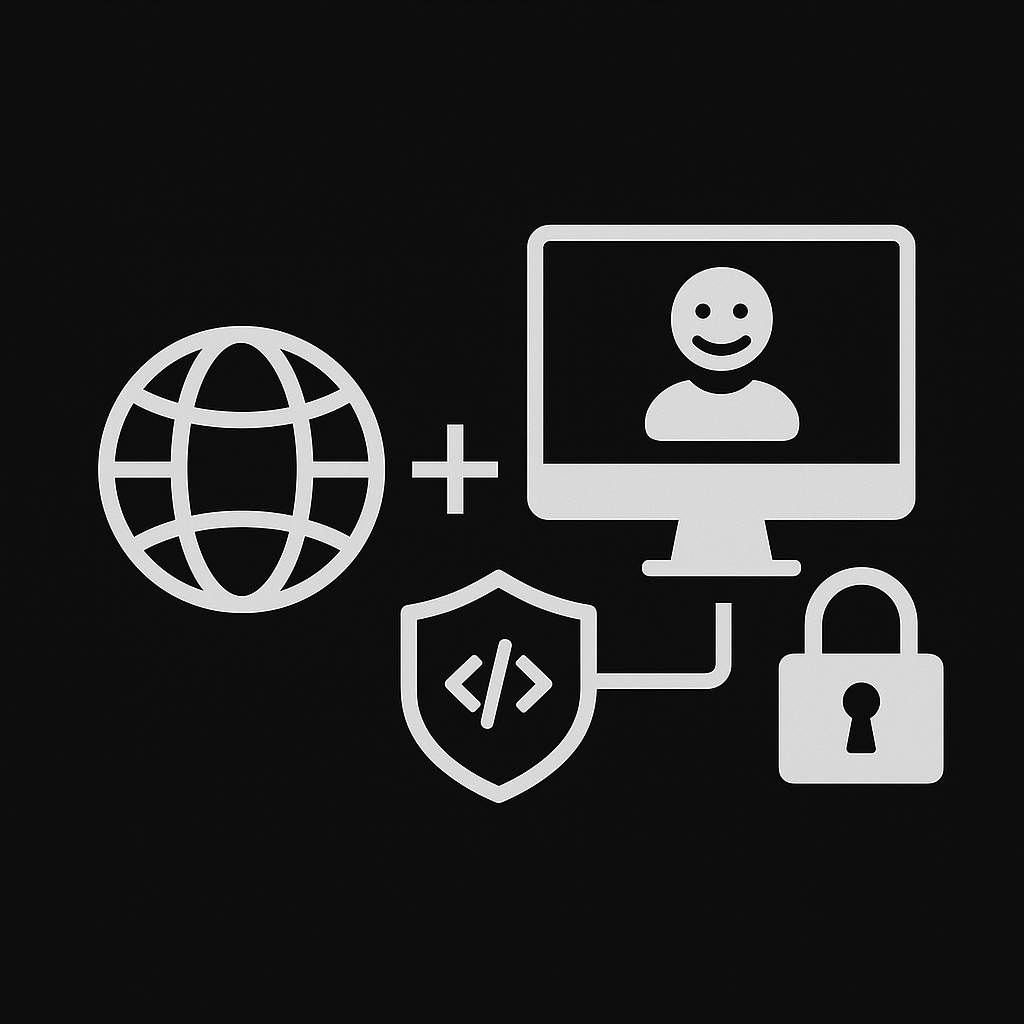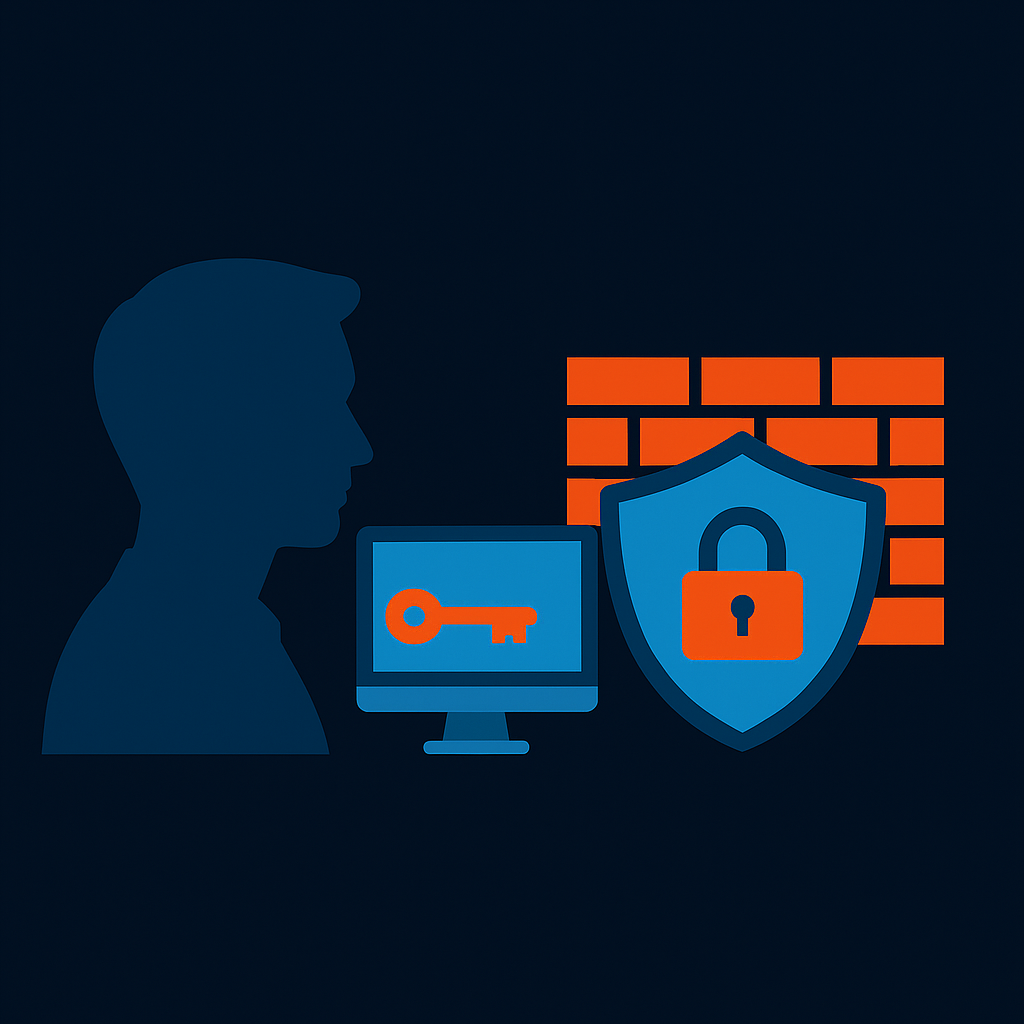In our increasingly interconnected world, where every click, transaction, and interaction happens online, the landscape of digital security is more critical and complex than ever before. For anyone looking to understand, secure, or even defend digital territories, the journey into cybersecurity is both challenging and incredibly rewarding. We’re not just talking about technical skills; we’re talking about a mindset – thinking like the adversary to build better defenses. This article, inspired by recent discussions and insights from leading experts, delves into the nuances of ethical hacking, the ever-evolving threat landscape, and the essential knowledge needed to become a true guardian in this digital age.
Our exploration begins with understanding what it means to be an ethical hacker – a Certified Ethical Hacker (CEH) – and how specialized courses like those on penetration testing (e.g., CH, 504, 560) lay the groundwork for a robust career. While technical course versions might change, the core content, the foundational understanding, remains paramount. Ultimately, our goal is to empower you to not just learn about cybersecurity but to actively engage with it, protecting systems, data, and privacy in a world where digital threats are a constant.
The Ever-Shifting Sands: Why Cybersecurity is More Urgent Than Ever
The digital realm is a battleground, constantly under siege. The sheer volume and sophistication of attacks are escalating, making headlines globally and locally. Statistics paint a stark picture: globally, roughly one in every ten URLs is malicious, designed to lead users to infected links or harmful sites. Web attacks have seen a staggering 56% increase, reflecting our reliance on online infrastructure for everything from banking to government services. Ransomware, too, has surged across both mobile and systemic levels, paralyzing organizations and individuals alike.
It’s tempting to think these are new phenomena, but the roots run deeper. There’s a curious “gap” in reported incidents between 1986 and 1994, not because attacks weren’t happening, but because our online presence was smaller, and our ability to detect and report them was less developed. Many attacks simply went unnoticed, victims unaware of the intrusions. Today, with increased online activity and sophisticated monitoring, we’re witnessing the true scale of the problem.
One particularly telling example is the X company case from 2022. An individual, presenting as a female hacker, gained access to sensitive government data, including personal details and addresses of high-profile individuals. What’s fascinating is how these breaches were made public – videos showcasing the exfiltration process, even inadvertently revealing the attacker’s desktop for a split second, an invaluable clue for forensic investigators. This wasn’t just about data theft; it was about public display, a form of cyber-activism or even cyber-terrorism.
Another critical trend is the malicious use of built-in system tools. For instance, PowerShell, a scripting language pre-installed on Windows systems, has seen a 100% increase in its use for malicious scripts. Why? Because it’s readily available, hard to detect, and allows attackers to write powerful code without needing external tools or compilers. This highlights a crucial shift: attackers are leveraging what’s already there, making traditional defenses less effective.
The story of the X company application breach further underscores the omnipresent threat. A business logic flaw in its Android application allowed unauthorized access to sensitive financial information, despite the company’s efforts to restrict such data on its website. This wasn’t a complex hack; it was an oversight in the application’s core logic. It’s a vivid illustration of the “weakest link” principle: a system is only as secure as its most vulnerable component. Even seemingly minor flaws can open doors to significant breaches.
Staying informed about these attacks, whether global or local, is not just for experts. It’s for everyone. Engaging with cybersecurity communities and channels provides real-time threat intelligence, informing us about the latest vulnerabilities and attacker methodologies. This collective knowledge is a powerful shield in a world constantly under threat.
Beyond the Basics: Understanding Core Cybersecurity Concepts
To truly defend against these threats, we must go beyond surface-level understanding. We must develop the mindset of an ethical hacker, thinking like the adversary to predict and counter their moves.
At its core, cybersecurity revolves around three key concepts: vulnerability, threat, and attack. A vulnerability is a weakness in a system – imagine a rusted, crumbling step on a staircase. A threat is the potential for someone to exploit that weakness – a heavy machine approaching the faulty step. An attack is when the threat materializes, and the weakness is actually exploited – the machine breaking through the step.
What’s crucial to understand is that not all attacks require a system vulnerability. Malicious software, or malware, is a prime example. An attacker can trick a user into executing malware, gaining full control over a system even if all security patches are up-to-date. This means security isn’t just about patching; it’s also about user education and robust detection.
To systematically understand attacker methodologies, frameworks like MITRE ATT&CK are invaluable. This framework categorizes attacker actions into tactics (e.g., reconnaissance, initial access, execution, persistence) and techniques (e.g., active scanning, vulnerability scanning, using specific tools). It’s a comprehensive map of how attackers operate, helping defenders understand what to look for and how to protect against it. For instance, reconnaissance involves gathering information, which can range from actively scanning IP blocks to exploiting known vulnerabilities. Resource development might involve setting up mail servers or acquiring virtual private servers (VPS) for launching attacks. The framework helps us dissect the “method” component of an attack.
The field of forensics (Computer Hacking Forensic Investigator, or CHFI) takes this understanding to the next level. It’s the “crime scene investigation” of the digital world. When a breach occurs, forensics is about uncovering what happened, how it happened, and who was responsible. Most people think of the Event Viewer for logs, but true forensic investigation delves far deeper, into registry entries, prefetch files, and hidden system traces.
A critical principle in forensics is the “Golden Rule”: never power off a running system, and never power on a shut-down system during an incident. Why? Because powering off a running system destroys volatile data (like RAM contents, DNS cache), which can hold crucial evidence. Powering on a shut-down system can also overwrite or alter evidence through startup scripts or system processes. Tools like LastActivityView are invaluable here, revealing every minute detail of user actions, file access, and program execution, even across reboots, providing non-volatile evidence that the Event Viewer simply can’t. Attackers know this, which is why “covering tracks” is a core part of their operations, making forensic knowledge essential for both sides.
Finally, understanding the tools and outcomes of attacks is key. An exploit is the piece of code, program, or method used to take advantage of a vulnerability. It’s the key that unlocks the door. Once an exploit is successful, an attacker often gains a shell – command-line access to the compromised system. If this access is via a web application, it’s known as a web shell. The ultimate prize for an attacker can be a zero-day, a vulnerability that is unknown to the vendor and public, making it incredibly powerful and valuable. These concepts form the bedrock of offensive security, and understanding them is the first step towards building effective defenses.
The Hacker’s Profile: Skill, Motivation, and Impact
Who is a hacker? The popular image is often of a shadowy figure with exceptional, almost magical, computer skills. While deep computer knowledge is certainly a hallmark, especially in understanding operating system internals and system-level programming (like the C language), the reality is more nuanced. As one expert provocatively put it, “someone who doesn’t know C doesn’t have computer knowledge,” emphasizing that foundational understanding is far more important than superficial tool usage.
Traditionally, hackers were driven by curiosity, intellectual challenge, and the desire to prove capabilities – often working without direct financial gain, as seen in early hacking groups like Ashiyane, Emperor, and Simorgh. It was about showing that systems could be breached, challenging the status quo of security.
However, the landscape has changed. The rise of sophisticated, yet user-friendly, tools has blurred the lines, giving rise to “script kiddies.” These individuals, armed with readily available tools, can launch impactful attacks with minimal deep knowledge. The ironic truth is that while the types of attacks have multiplied, the level of intruder knowledge required has decreased significantly since the 1980s. This means a person with basic technical skills can, with the right tool, cause substantial damage. Think of the 13-year-old who, with a simple Wi-Fi hacking app, could compromise a neighbor’s network. This highlights that raw persistence and readily available tools can be as impactful as deep expertise.
Regardless of motivation, the line between ethical exploration and illegal activity is thin and dangerous. In some countries, unauthorized access to computer systems or data carries severe penalties: 91 days to one year imprisonment and hefty fines. This underscores why ethical hackers must always operate within legal and authorized boundaries, preferably on foreign systems to avoid legal entanglements at home.
Navigating the Cybersecurity Career Path
Embarking on a career in cybersecurity requires a strategic approach. While certifications from renowned organizations like EC-Council (e.g., CH, CHFI) and SANS (e.g., 504 for penetration testing, 560 for advanced techniques, specialized forensics courses like FOR500 for Windows forensics) are invaluable, they are not the sole determinant of success.
The true foundation lies in mastering operating system internals and system-level programming languages like C. These core competencies provide the deep understanding necessary to truly grasp how systems work, how vulnerabilities emerge, and how exploits function. Without this fundamental knowledge, relying solely on tools can leave you vulnerable when faced with novel challenges.
A recommended career path often involves starting with penetration testing. This field focuses on simulating attacks to identify vulnerabilities, providing a structured approach to assessing security posture. Once a solid foundation in penetration testing is established, those with a genuine passion can delve into the more advanced and deeper aspects of “hacking,” which demands a profound understanding of system architecture and exploit development.
Crucially, continuous learning is not a luxury but a necessity in cybersecurity. The threat landscape is constantly evolving, with new vulnerabilities, tools, and attack techniques emerging daily. Being part of the cybersecurity community – through professional groups, forums, and threat intelligence channels – is vital for staying updated. These platforms offer real-time insights into emerging threats, attacker methodologies, and solutions, ensuring you’re always equipped with the latest knowledge.
The Balancing Act: Security, Functionality, and User Experience
At the heart of any security strategy lies the CIA Triad: Confidentiality, Integrity, and Availability.
• Confidentiality ensures that sensitive data is protected from unauthorized access.
• Integrity guarantees that data remains accurate and unaltered by unauthorized parties.
• Availability ensures that authorized users can access systems and data when needed.
However, achieving absolute security is often a delicate balancing act. There’s an inherent tension between security, functionality, and ease of use. Striving for 100% security can often lead to cumbersome systems that are difficult to use, thereby hindering functionality and user experience. For example, a banking website might prioritize extreme security measures, but if those measures make it too difficult for customers to access their accounts, the bank loses business. Companies like Microsoft or Google often make conscious trade-offs, prioritizing user convenience (like extended session timeouts) while still maintaining robust security through other means (like multi-factor authentication). The goal is not always maximum security, but optimal security that aligns with business objectives and user needs.
Understanding attack vectors is also vital in this context. These are the pathways attackers exploit to gain access – anything from unpatched systems and social engineering to internal user errors or new, unsecure technologies. The rapid adoption of new technologies without adequate security considerations often creates fresh attack vectors. For instance, rushing to adopt the latest Windows server version (e.g., “Windows 2025”) without proper testing and security hardening in a production environment is a recipe for disaster. Security must be a proactive, ongoing process, not an afterthought.
Conclusion: Embracing the Journey
The world of cybersecurity is dynamic, demanding constant vigilance and a commitment to continuous learning. From the escalating number of sophisticated attacks to the intricate dance between vulnerabilities and exploits, the challenges are immense. However, for those passionate about protecting digital assets, this field offers endless opportunities.
By adopting the mindset of an ethical hacker, understanding core concepts like the CIA Triad and MITRE ATT&CK, and staying engaged with the cybersecurity community, you can become a crucial guardian in this digital era. Remember, the journey begins with foundational knowledge, progresses through practical application, and is sustained by an insatiable curiosity. Whether your path leads you to penetration testing, forensics, or deep-dive exploit development, the goal remains the same: to build a more secure digital future for everyone. So, ask questions, explore, and never stop learning – the cyber jungle awaits its next generation of guardians.



